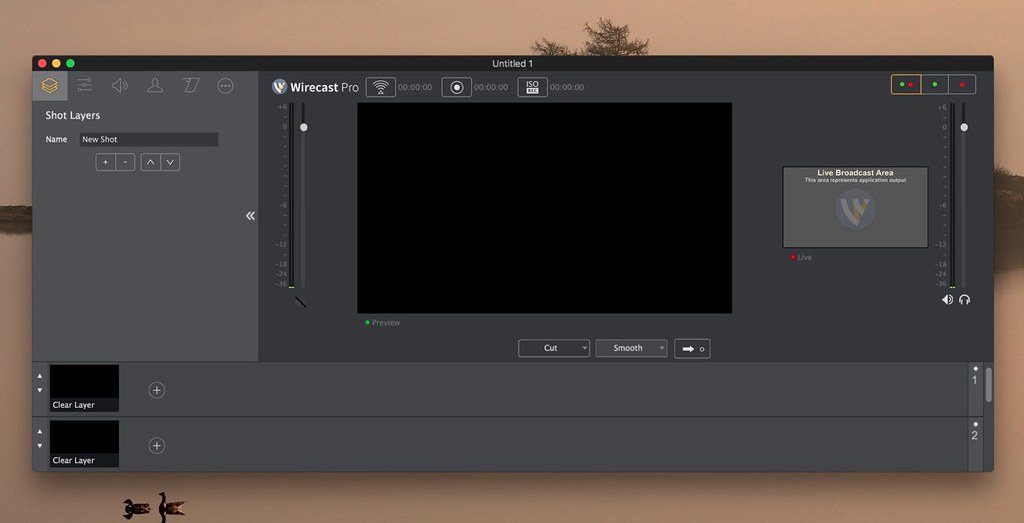

It’s quite an intensive process and you’ll need a reasonably powerful computer or phone to do this. On a basic level, they take your video (for example your camera or a pre-recorded video) and stream it to your destination. These tools are called a variety of fancy names such as “live streaming video encoders” and “live video tools”. And there are some big advantages and extra features you’ll get if you use another tool. This means you don’t have to use a 3rd party tool - and it’s very easy.īut some platforms (such as LinkedIn Live) require you to use a 3rd party tool. Many of the main live video platforms such as Facebook and YouTube have this facility built in to their web or mobile apps. This will take your video and audio and broadcast it to the platform which in turn will broadcast it out to your audience. To broadcast live to a platform like Facebook, LinkedIn or YouTube, you’ll need an app. This means you could switch between different hosts and guests, pre-recorded videos and more. Most live video tools allow you to switch between different layouts or scenes. You could just live stream one camera all the way through your live stream. But when live streaming is a part of the master plan and can be budgeted for, Wirecast is the application you’ll want to look more into.Live streaming tools have two main features - switching and streaming.

When you’re just trying to slap something together for the sake of seeing how it works, Flash Media Live Encoder does a great job.

Often times live streaming can be an after thought with today’s technology. This is a good thing for those of us who have changing specific needs, but its overkill to the everyday church volunteer. While settings can be saved and recalled easily, FMLE offers quite a bit of control over your outgoing media. Flash Media Live Encoder is designed for the technically inclined. Training volunteers on the various settings and controls has been quite easy. As long as your pipe to the net is big enough, Wirecast can push your content through no problem.Įven though Wirecast offers a ton more features, its extremely well designed. Wirecast has a much greater tolerance for average computers and handles resources in a more efficient way. Often times the audio will lose sync with the video, or your video will take forever to buffer. Once FMLE has maxed out your computer’s resources strange things start happening to your feed. But hey, its FREE!įMLE is an extremely resource hungry application. While you do have the ability to push a stream and save to disk simultaneously, there aren’t many other great features. With Wirecast you have the option to fade between multiple camera angles, overlay text or graphics, and you can output to multiple bandwidths simultaneously.įlash Media Live Encoder is simply just an encoder.
#WIRECAST LIVE STREAMING SOFTWARE#
It’s an actual video production switcher in software form. So what makes Wirecast so special to charge so much for something Adobe gives away for free? Wirecast is more than just a live encoder.
#WIRECAST LIVE STREAMING FREE#
Wirecast does offer a somewhat striped down version of their streaming production software for $495, but that’s still quite a bit more than FMLE, which by the way is a free program offered by Adobe.
#WIRECAST LIVE STREAMING PRO#
Touting a hefty $995 for the Pro version of Wirecast this application is expensive compared to its rival. Lets compare these applications across four factors:įor some the price tag between these two programs is enough to make a decision. In the live streaming world there are two applications that dominate this corner of the market: Adobe’s Flash Media Live Encoder and Telestream’s Wirecast. With so many churches looking to live stream their services, one important question always comes up.


 0 kommentar(er)
0 kommentar(er)
